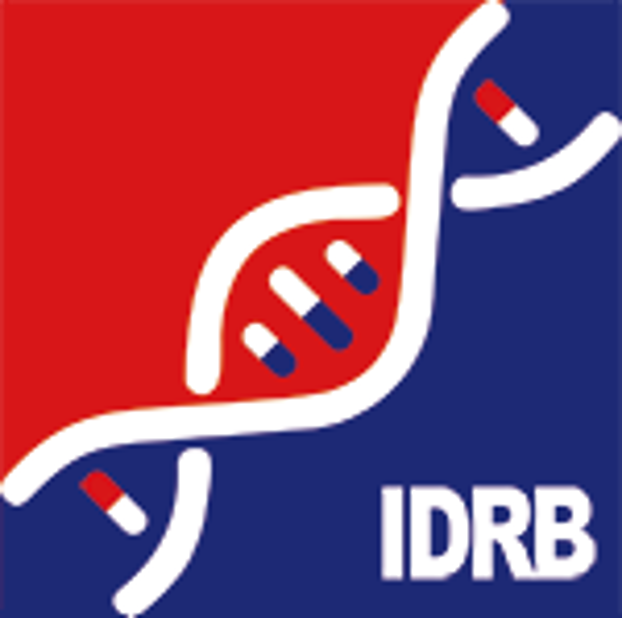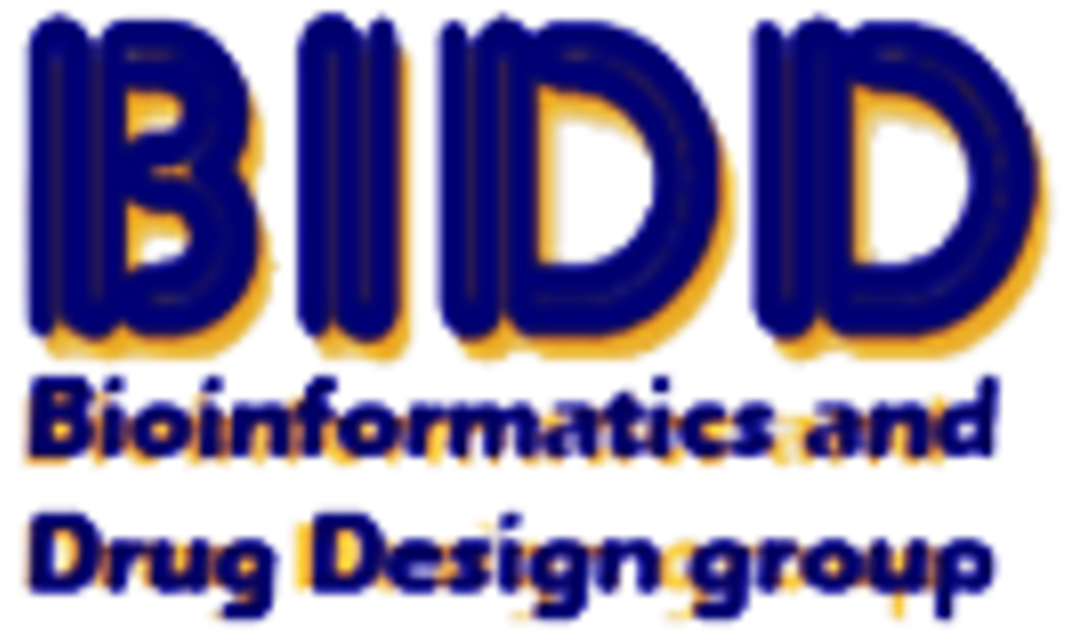| References |
Top |
| REF 1 |
Stabilization of N-Myc is a critical function of Aurora A in human neuroblastoma. Cancer Cell. 2009 Jan 6;15(1):67-78.
|
| REF 2 |
Structural basis of N-Myc binding by Aurora-A and its destabilization by kinase inhibitors. Proc Natl Acad Sci U S A. 2016 Nov 29;113(48):13726-13731.
|
| REF 3 |
The HECT-domain ubiquitin ligase Huwe1 controls neural differentiation and proliferation by destabilizing the N-Myc oncoprotein. Nat Cell Biol. 2008 Jun;10(6):643-53.
|
| REF 4 |
p14ARF interacts with N-Myc and inhibits its transcriptional activity. FEBS Lett. 2007 Mar 6;581(5):821-5.
|
| REF 5 |
The N-Myc oncoprotein is associated in vivo with the phosphoprotein Max(p20/22) in human neuroblastoma cells. EMBO J. 1991 Dec;10(12):3703-12.
|
| REF 6 |
Targeting of the MYCN protein with small molecule c-MYC inhibitors. PLoS One. 2014 May 23;9(5):e97285.
|
| REF 7 |
Max: a helix-loop-helix zipper protein that forms a sequence-specific DNA-binding complex with Myc. Science. 1991 Mar 8;251(4998):1211-7.
|
| REF 8 |
Expression of NLRR3 orphan receptor gene is negatively regulated by MYCN and Miz-1, and its downregulation is associated with unfavorable outcome in neuroblastoma. Clin Cancer Res. 2011 Nov 1;17(21):6681-92.
|
| REF 9 |
A SP1/MIZ1/MYCN repression complex recruits HDAC1 at the TRKA and p75NTR promoters and affects neuroblastoma malignancy by inhibiting the cell response to NGF. Cancer Res. 2011 Jan 15;71(2):404-12.
|

